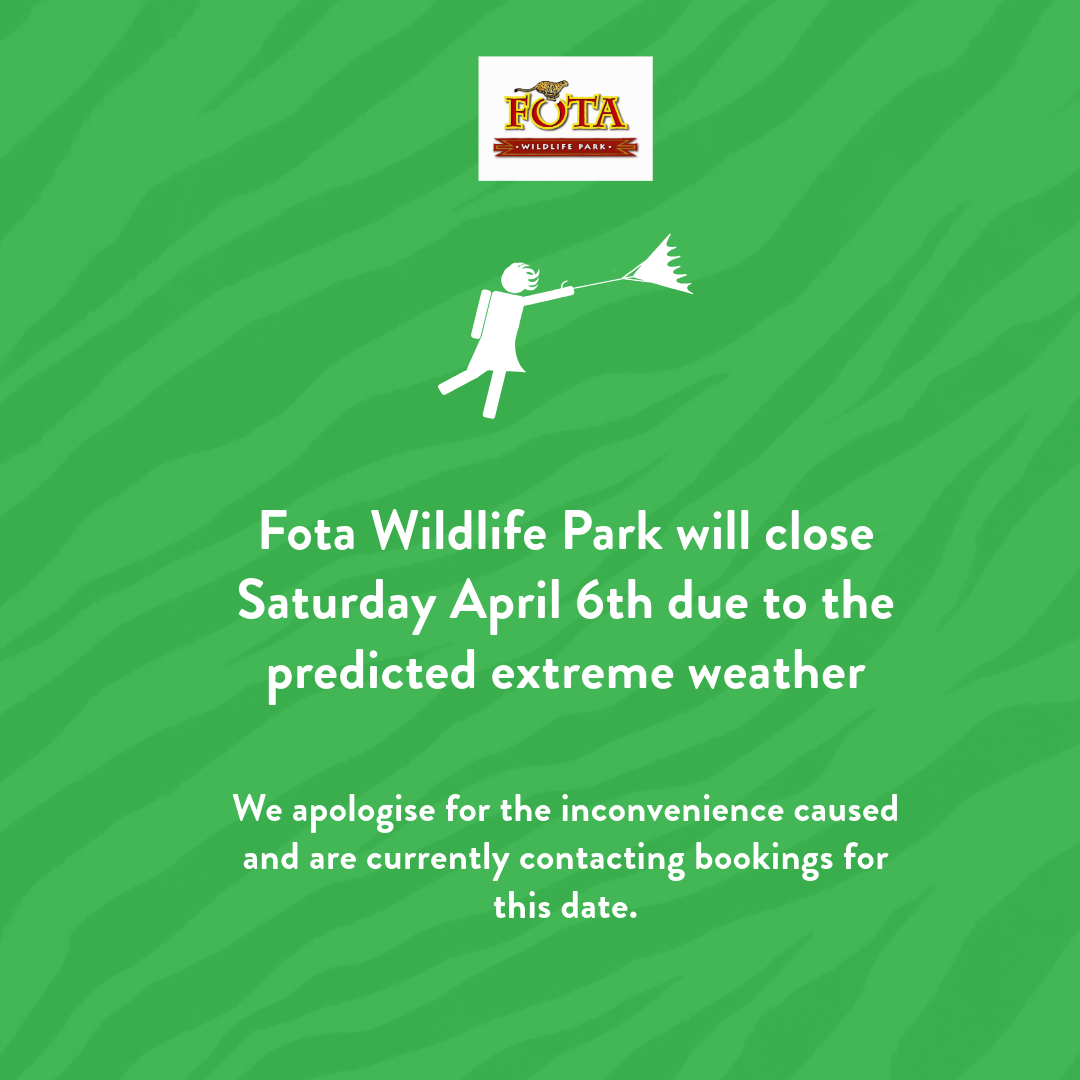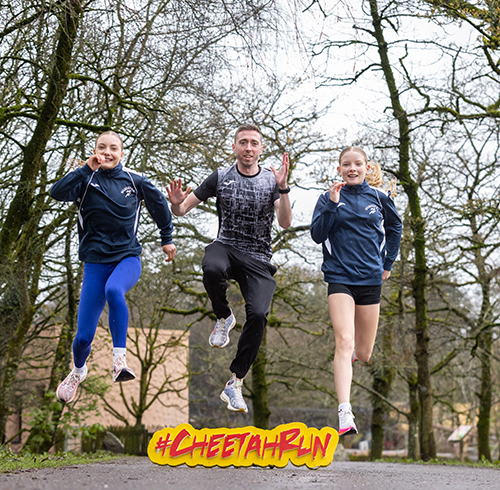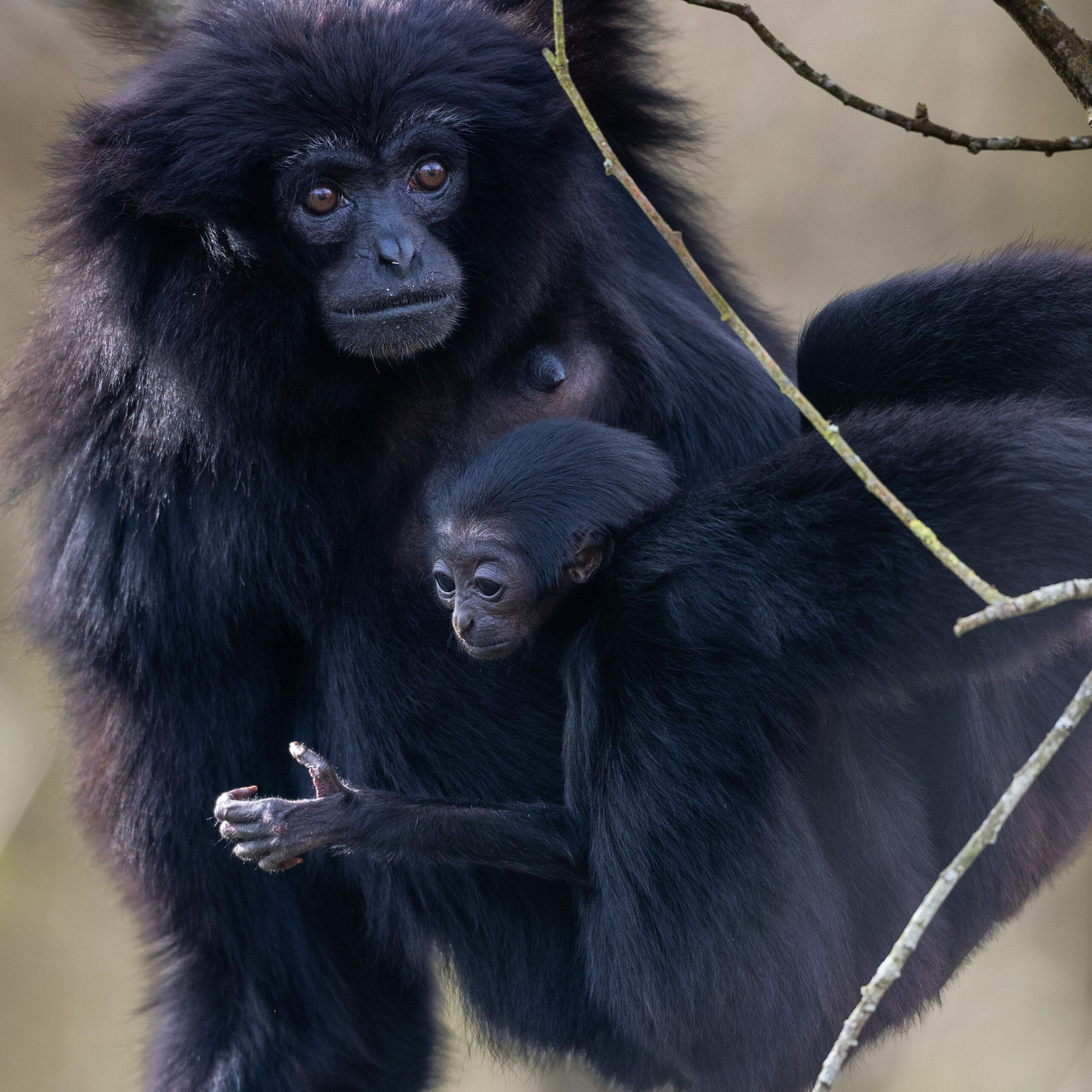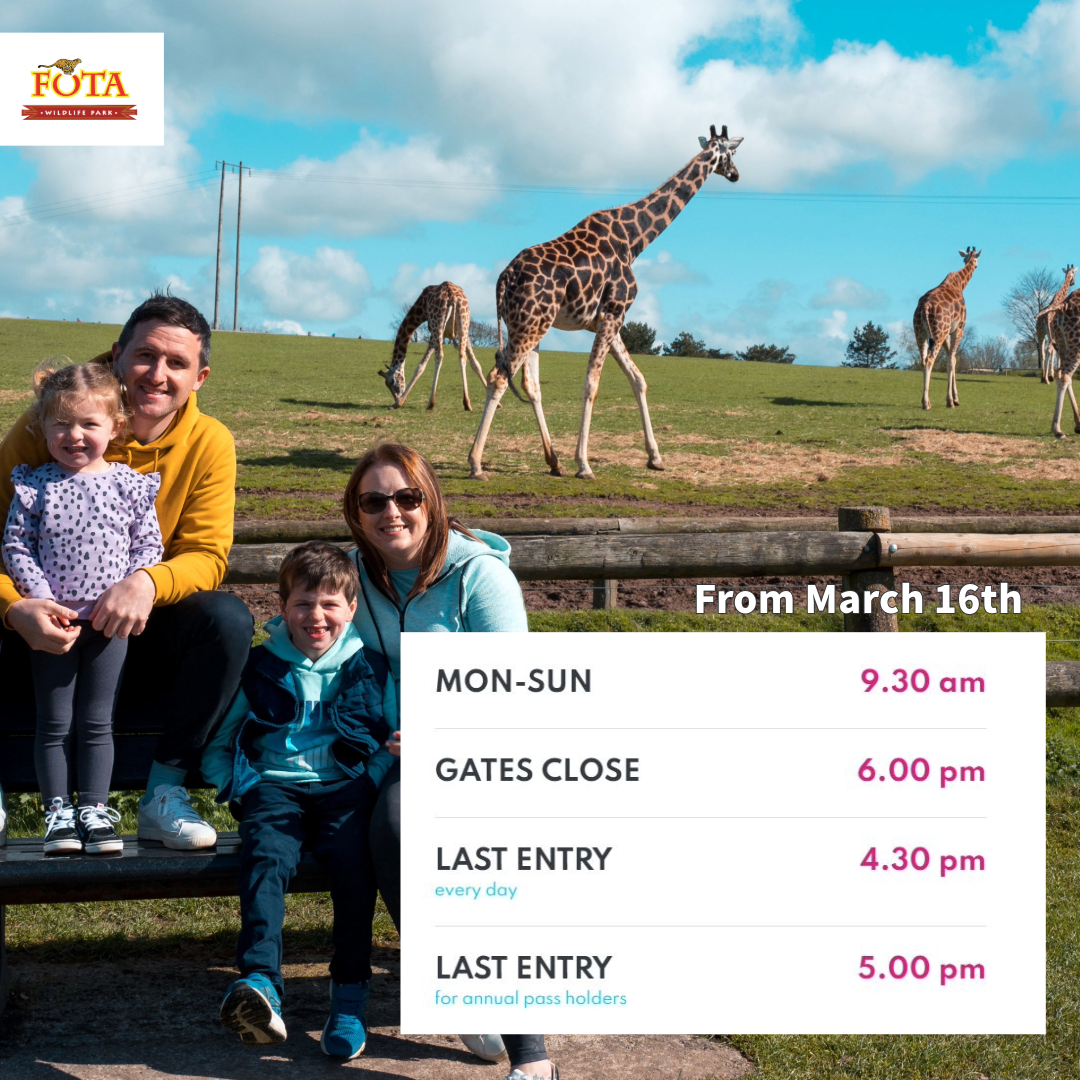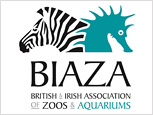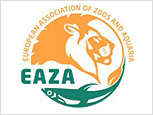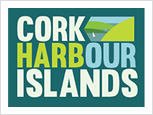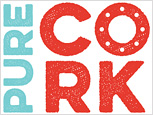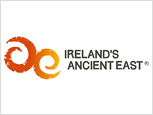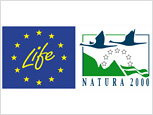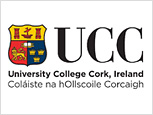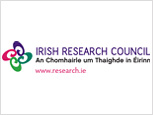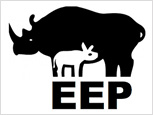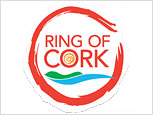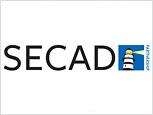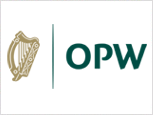HOW I BECAME CURIOUS ABOUT THE ORIGINS OF IRELAND’S BIODIVERSITY- by Paddy Sleeman
If Ireland’s ecosystem has a key characteristic it is that, its origins are uncertain. It has not been clear how some of the original natives arrived.
It is clear that after the ice age a relatively simple ecosystem was established on the island of Ireland. If such an ecosystem worked the plant eating animals needed plants, and their predators needed appropriate prey.
As a young man, one winter evening, I attended at talk in Castlerock Village at the mouth of the River Bann. An archaeologist called Peter Woodman spoke about his excavations at Mount Sandal up river, at Coleraine.
His talked about early hunter-gathers which had lived there, and tried to place them in the ecology of the area at that time. This era is called the Mesolithic (Middle Stone Age) and these were the first settlers after the ice age.
Peter found post-holes, that indicated habitations, and black occupation earth, along with bones of these hunter-gathers animal prey which included Wild Boar, Irish Hares and fish.
I was a student and had at the time a vacation job, digging foundations of a factory, on the opposite bank of the Bann, to where Peter and his team were digging. To my absolute surprise and delight I found a second Mesolithic site across the river, and having telephoned (before mobiles) Peter at what was then called the Ulster Museum. He came, confirmed that it was another Mesolithic site, and so began an interest in how the ecosystem we see around us began.
There is a native wild mammal called the Irish Stoat, a sinuous small mustelid. Like all such mustelids; stoats and weasels, has evolved the long thin shape to hunt small rodents underground. I studied these little animals for my PhD research.
During the initial so called ‘desk study’ I discovered that if, as was then understood, there were no small rodents in Ireland at that time, I was trying to study an animal that ought not to exist. This predator needed appropriate prey to exist and evolve as the very distinct Irish Stoat.
It has become clear slowly that the Irish stoat is indeed an early and natural arrival here, and that there was a single small mammal species here as prey the native Wood Mouse.
Peter Woodman and I by the 1980s were both at University Collage Cork. Peter as a Professor of Archaeology and I was a post-grad student. We, together with Robert Devoy, organised a scientific meeting to discuss what is called postglacial colonisation This turned out to be the first of three meeting the others were called Mind the Gap and Mind the Gap II, rather like Hollywood sequels, films like Die Hard(s) 1 to 4.
However in our case the sequels improved not least as modern techniques in understanding of our biodiversity, of ecosystems predator-prey systems, DNA and A & e DNA, geomorphology, ornithology, etc etc became better all the time.
As my field research on the Irish Stoat had involved radio-tracking some at Fota, including following those that ventured into the famous Wildlife Park, so began a relationship with that institution that survives to this day and includes their hosting both meeting about postglacial colonisation and the Irish Stoat.
The radio-tagged stoats allowed tracking during which the stoats were seen climbing trees, like predatory squirrels, checking all likely nest sites and tree holes. Several birds and bats that use such tree holes have failed to colonise Ireland, probably due to the predatory nature of our stoats, and to an extent martens. Analysis and comparison of the size of the teeth of stoats and martens from Ireland, and Britain, showed that the females of each species in Ireland appear to have undergone what is called “ ecological competitive release” .
I recall, feeling “looked at”, while checking some stoat traps on a very wet day in the Wildlife Park as the Director Sean Mc Keown pointed me out to some visiting Irish Americans, as the stoat-guy.
On the 7th 8th and 9th of September 2023 another meeting, the forth such meeting, called The Origins of Irelands’ Biodiversity will be held at University College Cork.
There are to be presentations on plants, birds, mammals including bats, deer and of course the Irish Stoat, plus cold water corals and other aspects of our ecosystem. This time there will be an emphasis on the implications of the colonisation events. If we seek to retain, and perhaps restore, the ecosystem we need to understand it’s origins.
Such meeting are important as to get to grips with this vast topic interdisciplinary approaches are needed. Archaeologist need to listen to and understand plant and animal scientists and the other way around. The meeting in the past have paved the way for progress in this area and this next meeting is likely to be no exception to this.
Thanks to Michael Viney for the featured image.
See below link to register and for further details:
LATEST NEWS
Update – April 6th Fota Wildlife Park Closed Due to Expected Weather
Fota Wildlife Park will close Saturday, April 6th, 2024 due...
Star Athletes Ryan Creech and Freya and Nellie Bateman launch the 2024 Cheetah Run
Star runner, Ryan Creech of Leevale Athletic Club (AC) and...
New Addition to the Fota Wildlife Park Family: Agile Gibbon Welcomed to the World
New Addition to the Fota Wildlife Park Family: Agile Gibbon...
2024 Summer Opening Hours – From March 16th
March 16th 2024 until October 2024 – SEE CURRENT TIMES...
